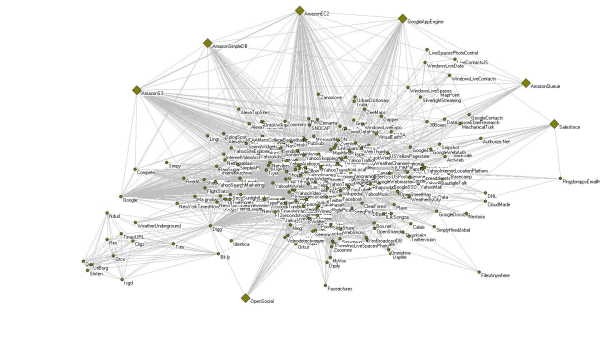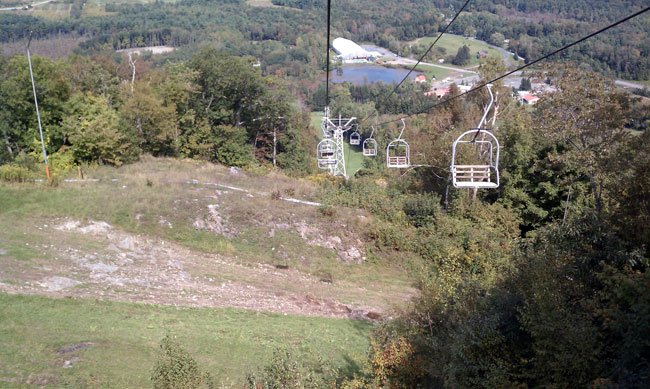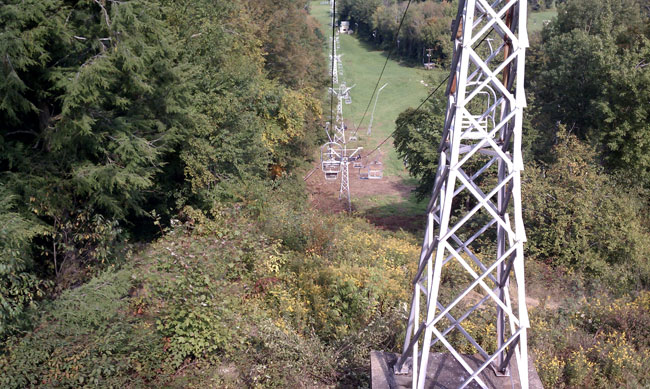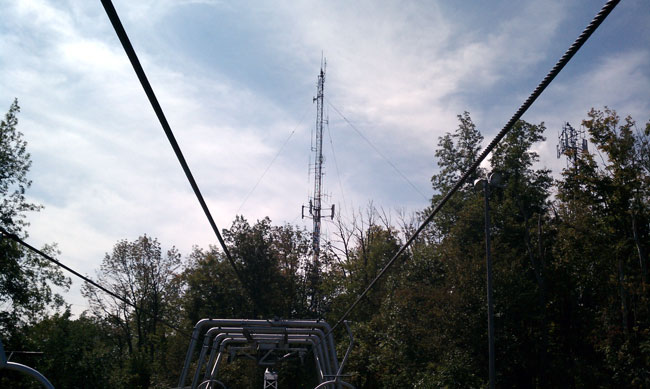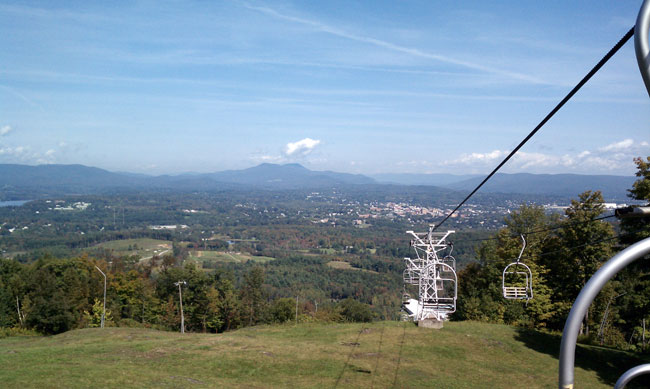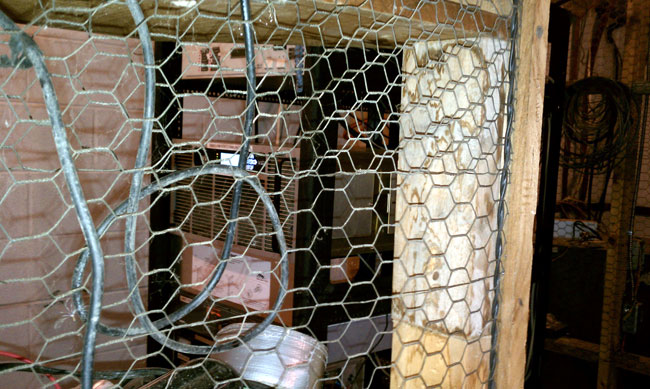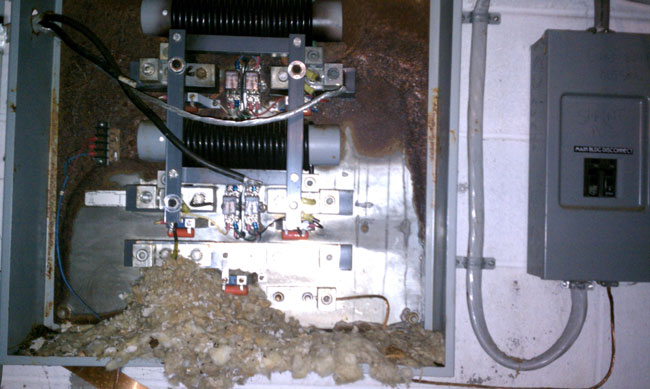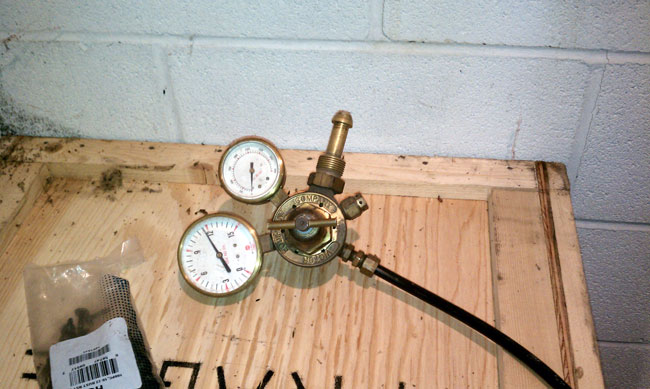With special thanks to our sponsors, regular readers and those just dropping in for a look-see, I was able to buy a new SLR camera. It took several months to pool my blog earnings, I had to redeem several thousand Amex rewards points and scrape together a little bit of loose change from the sofa cushions and get this:
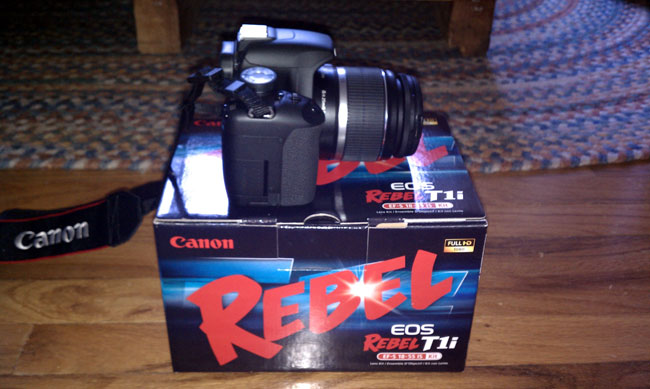
To date, I have been using the camera on my HTC Android phone. For the price, it has done yeoman’s work and is always handy. That being said, there have been several instances where I have been disappointed by a blurry or poorly lit picture. Several times, this has occurred at transmitter sites or other locations where I will not be likely to return, thus the chance of getting a better shot at a later date is low. Other times, I have missed first-time events; the first time turning a transmitter on, the first boot-up of a fancy console, etc.
Pictures, videos, and diagrams are a very important part of this blog. I decided that if this is going to be a semi-serious endeavor I need to get some better equipment and stop losing key shots to less-than-optimum equipment. The HTC Android is a smartphone, it does a good job as such. The camera and video recorder are a compromise at best.
With the new camera, I can get better close-ups, better low light, and generally improve the quality of the images in this blog. I am all about quality. I look forward to trying it out.

